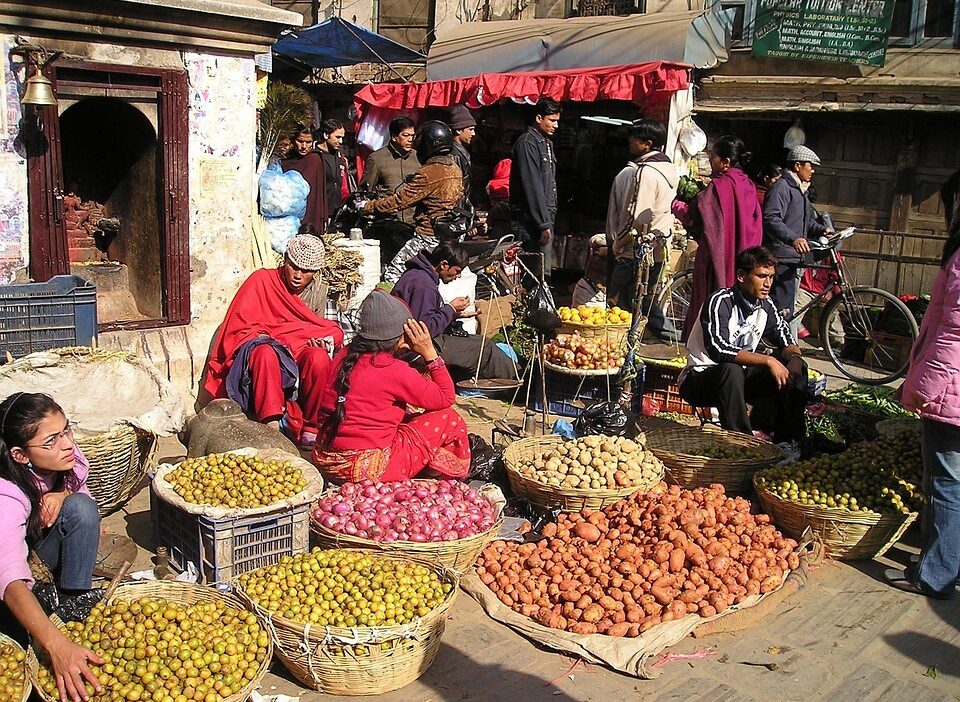Street vendors are an essential part of urban life, adding vibrancy and character to city streets, markets, and events. They offer everything from savory snacks to handcrafted goods, often serving as a vital source of income for families. But what does a day in the life of a street vendor really look like? From pre-dawn preparation to the hustle and bustle of the day, the life of a street vendor is both challenging and rewarding.
The Early Start
For many street vendors, the day begins long before the sun rises. The clattering of pots and pans, the smell of simmering spices, and the sounds of setting up are signs that the day of labor is under way. Some vendors, especially those selling breakfast items like tacos, crepes, or coffee, set up as early as 5 AM to catch the morning rush. Others might prepare their ingredients the night before, slicing fruits, marinating meats, or packing sauces in anticipation of the day ahead.
Preparing the Cart
The vendor’s cart, often their main asset, requires meticulous care. This includes not just cooking equipment and ingredients, but also ensuring it looks inviting and adheres to local health regulations. Many vendors personalize their carts with colorful decorations or signage that reflects their culture, drawing in customers with captivating visuals.
The Rush Hour
As day breaks, vendors set up their carts in strategic locations, often near bustling offices, schools, or parks where foot traffic is guaranteed. The smell of freshly cooked food wafts through the air, attracting passersby. During the morning rush hours, vendors quickly serve customers, taking orders, cooking, and handling payments—all while maintaining a warm and friendly demeanor.
This multitasking is not just a skill; it’s an art form. Vendors develop a rhythm, balancing efficiency with quality as they prepare each dish on-demand. Interaction with customers varies; some engage in light-hearted banter, while others prefer a quick exchange. This social aspect is integral, as friendly service can build a loyal customer base over time.
The Challenges
Though the hustle and bustle can be exhilarating, life as a street vendor comes with challenges. Weather conditions are a significant factor; a downpour can deter customers and lead to loss of revenue. Additionally, competition from other vendors, changing trends, and fluctuating prices for ingredients can impact earnings.
Health and safety regulations also pose hurdles. Vendors often need to secure permits and comply with local health codes, which can be overwhelming for those who may not have formal business training.
The Heart of the Community
Yet, despite these challenges, street vendors often become integral parts of their communities. They are a go-to for quick meals, provide a platform for cultural exchange, and sometimes become local legends known for their special recipes or unique offerings.
Many vendors use their platform to advocate for community issues, focusing on local ingredients, sustainability, or social justice efforts. This connection to the neighborhood enriches their work, adding a deeper purpose to their labor.
Evening Wind Down
As the sun begins to set, vendors often reflect on their day. After the last customer is served, it’s time to clean up. This involves packing away unsold items, cleaning cooking equipment, and sometimes even preparing for the next day. Some vendors stay open late to accommodate the night crowd, especially around nightlife hotspots.
The hustle doesn’t stop even when the cart is closed. Many vendors take the time to analyze sales, plan menus, and engage with customers online. Social media has become a powerful tool for building brand awareness and connecting with customers, giving vendors a platform to share their story.
Conclusion
The life of a street vendor is a blend of hard work, creativity, and resilience. From the early mornings filled with preparation to the bustling hours of serving customers, their dedication is evident. Beyond what they sell, street vendors enhance urban landscapes, providing not just food, but also a sense of community and culture.
Behind each cart is a story—a narrative of dreams, struggles, and triumphs. They remind us of the richness of our communities, and the vibrant tapestry of cultures that shapes our daily lives. Through their labor, street vendors not only feed our bodies but also nourish our social fabric, making our cities a better place to live.



